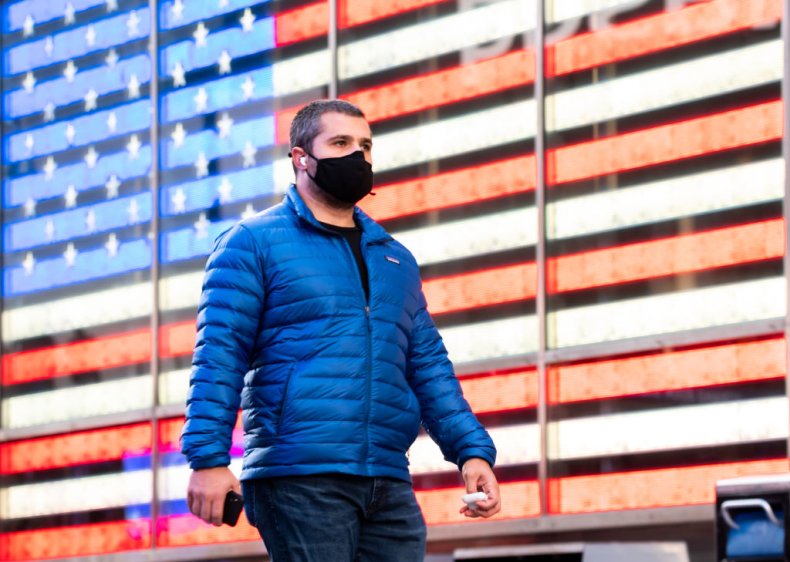The spread of several various variations of the COVID-19 infection positions “a very genuine risk to our people and our development” and could set off “a possible fourth surge of cases” in the U.S., the head of the Centers for Disease Control and Prevention ( CDC) has actually alerted.
Dr. Rochelle Walensky has actually advised the general public to continue complying with measures that restrict the spread of COVID-19, including wearing a mask, social distancing, washing your hands and getting vaccinated.
Many different variations of COVID-19 are spreading in the U.S., however three in specific– B. 1.1.7, B. 1.351 and P. 1– are triggering real concern. They share a specific mutation called D614 G, which gives them the capability to spread out more quickly than other variations.
The B. 1.1.7 alternative, which was first spotted in the U.K. in September 2020, was discovered in the U.S. for the very first time at the end of December.
Some 2,400 infections including the B. 1.1.7 version have actually been reported in the U.S. throughout 46 states, according to CDC data, but the true number is most likely to be considerably greater.
The CDC anticipates the B. 1.1.7 variant to end up being the dominant type of the infection in the U.S. by the end of this month
The B. 1.351 variant was first found in South Africa in October 2020, and was reported in the U.S. for the first time at the end of January 2021.
Some 53 infections involving the B. 1.351 version have been reported in the U.S. throughout 16 states, according to CDC information, however initial tests have actually recommended that the Moderna and Novavax vaccines may be less reliable versus it.
Professionals are, nevertheless, enthusiastic that existing vaccines will still offer security from serious illness triggered by B. 1.351, and booster shots versus the variant are also in development.
The P. 1 variation, which was very first found in 4 travelers from Brazil to Japan in early January, was reported for the first time in the U.S. in late January.
10 infections involving this version have been reported in the U.S. across 5 states, according to CDC information, and there is proof to recommend that a few of the mutations in the P. 1 version might affect the capability of antibodies to acknowledge and reduce the effects of the virus.
While the B. 1.1.7, B. 1.351 and P. 1 variations are more infectious, there is no evidence yet to recommend that they trigger more extreme illness.
However, as a report launched by the CDC on January 15, discusses, “a higher rate of transmission will result in more cases, increasing the variety of individuals in general who need clinical care, worsening the problem on an already stretched healthcare system, and resulting in more deaths.”
Extra brand-new variants are believed to have actually stemmed in New York (B. 1.526) and California (B. 1.427/ B. 1.429), and further brand-new variations will likely be spotted gradually.
The COVID-19 infection is continuously changing through anomaly, and scientists are using a procedure called genomic sequencing to translate the variations, with the aim of understanding how they progress, how their anomalies help them to spread, how the disease they cause varies from that triggered by other variations, and the effects they might have on existing vaccines and tests.

Noam Galai/Getty Images

No comments:
Post a Comment